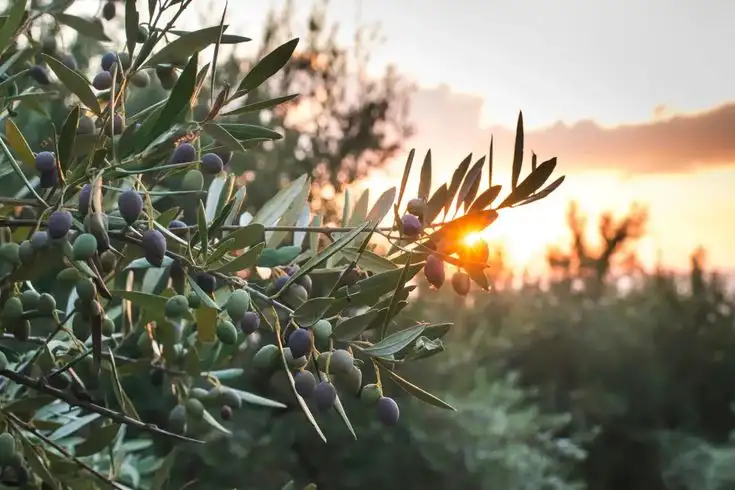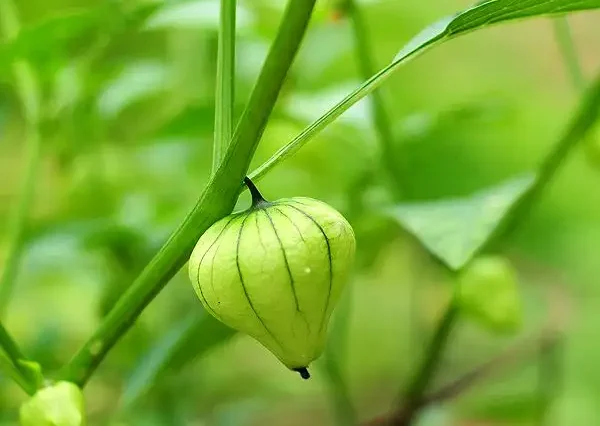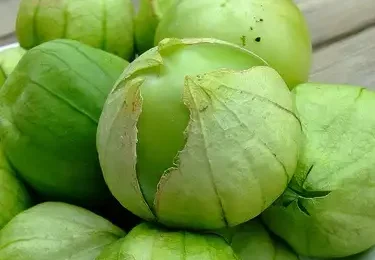Choosing the right fertilizer for olives is essential for healthy trees and abundant harvests. Olive trees are hardy, but they require balanced nutrition to produce high-quality olives. By understanding their nutrient needs and selecting the best fertilizers, you can significantly boost yield and fruit quality.
Whether you’re a home gardener or an olive farm owner, knowing when and how to feed your olive trees makes all the difference. Let’s explore everything you need to know about olive tree fertilization for maximum success.
Understanding Olive Tree Nutrient Needs
Olive trees need a mix of macronutrients and micronutrients to thrive. Nitrogen is the most crucial, as it supports leaf and shoot growth. However, phosphorus and potassium are equally important for strong root systems and fruit development.
In addition to these primary nutrients, olives also benefit from trace elements like magnesium, iron, and boron. These improve the tree’s ability to photosynthesize and bear healthy fruits.
Because olives grow slowly, they may not show nutrient deficiencies immediately. That’s why using a balanced fertilizer for olives regularly ensures consistent growth and productivity.
Types of Fertilizer for Olives

Different fertilizers serve different purposes, and understanding them helps you make better choices.
1. Organic Fertilizers
Organic fertilizers, such as compost, manure, and seaweed extract, provide nutrients naturally. They improve soil structure and microbial activity, which enhances nutrient absorption.
Moreover, organic options release nutrients slowly, ensuring long-term soil health. They’re ideal for eco-conscious gardeners who prefer sustainable olive farming.
2. Inorganic (Chemical) Fertilizers
Inorganic fertilizers deliver nutrients quickly. They’re ideal when your olive trees show visible nutrient deficiencies or require an immediate boost. Common formulations include NPK blends like 15-15-15 or 20-10-10.
However, overusing chemical fertilizers can harm soil health over time. Therefore, balance is key—use them moderately and according to your soil test results.
3. Liquid Fertilizers
Liquid fertilizers are fast-acting and easily absorbed through the leaves and roots. They’re especially helpful during the growing season when olive trees need quick energy.
Applying a liquid fertilizer for olives monthly can maintain steady growth and improve fruit formation.
When to Fertilize Olive Trees
Timing is crucial when applying fertilizer. Olive trees benefit most from feeding in early spring, just before new growth begins. This ensures they have enough nutrients for leaf and flower development.
A second feeding in late summer or early autumn strengthens the tree and prepares it for the next season. Avoid fertilizing during winter because the trees enter a dormant phase, and nutrients won’t be absorbed effectively.
Transitioning between seasons, always observe how your trees respond—adjust the frequency and quantity accordingly.
How to Apply Fertilizer for Olives
Before applying fertilizer, it’s wise to test your soil. This reveals what nutrients are lacking and prevents over-fertilization. Once you know what your soil needs, follow these steps:
-
Spread evenly: Apply the fertilizer around the drip line (the area under the outer branches), not directly at the trunk.
-
Water well: Always water thoroughly after applying fertilizer to help nutrients penetrate the soil.
-
Monitor growth: Observe your olive trees over time. If you notice yellow leaves or slow growth, your trees might need additional nitrogen or micronutrients.
Using these steps ensures even distribution and maximum nutrient uptake.
Best Fertilizers for Olive Trees

Choosing the best fertilizer for olives depends on your soil condition and the tree’s age. Here are some top options:
1. Balanced NPK Fertilizers
A balanced fertilizer such as 10-10-10 or 15-15-15 works well for general maintenance. It provides a steady supply of nitrogen, phosphorus, and potassium.
2. Nitrogen-Rich Fertilizers
If your olive trees have pale leaves or weak growth, use nitrogen-based fertilizers like ammonium nitrate or urea. These restore lush green foliage quickly.
3. Organic Alternatives
For sustainable olive farming, composted manure or fish emulsion provides natural nourishment. They not only feed the trees but also enrich soil quality.
4. Specialized Olive Fertilizers
Some brands offer fertilizers specifically designed for olive trees. These often include additional elements like boron and zinc, which enhance fruit quality and oil content.
Transitioning between organic and synthetic options can be beneficial if managed correctly. This hybrid method supports both growth and soil health, much like understanding how to care for other nutrient-sensitive plants for example, learning why peace lily leaves turn yellow can help you recognize early nutrient imbalance signs in your olive trees too.
Common Fertilization Mistakes to Avoid

Even though fertilizing seems straightforward, there are common pitfalls to avoid:
-
Over-fertilizing: Excess nitrogen encourages leaves instead of fruit.
-
Neglecting soil tests: Without testing, you might supply the wrong nutrients.
-
Fertilizing during dormancy: Olive trees don’t absorb nutrients when inactive.
-
Ignoring watering: Fertilizer without water can burn the roots.
Avoiding these mistakes ensures healthy growth and a more abundant harvest.
Benefits of Using the Right Fertilizer for Olives
Using the right fertilizer for olives leads to multiple long-term benefits:
-
Enhanced growth: Stronger roots and greener foliage.
-
Improved fruit yield: More and higher-quality olives.
-
Resistance to stress: Better drought tolerance and pest resistance.
-
Richer soil: Especially when using organic fertilizers.
With consistent care, your olive trees can remain productive for decades.
FAQs
1. How often should I fertilize olive trees?
Generally, twice a year is enough once in early spring and again in late summer. However, young trees may need lighter, more frequent feeding.
2. Can I use citrus or general-purpose fertilizer on olive trees?
Yes, but ensure it’s well-balanced (like 10-10-10). Avoid fertilizers high in phosphorus, as olives don’t require excessive amounts.
3. Are coffee grounds good for olive trees?
Yes, in moderation. Coffee grounds add nitrogen and improve soil structure but should be mixed into compost before application.
4. Should I fertilize potted olive trees differently?
Absolutely. Potted olives need diluted liquid fertilizers monthly since nutrients wash out faster during watering.
Fertilizer for Olives: Conclusion
Selecting the right fertilizer for olives is one of the most effective ways to ensure healthy trees and bountiful harvests. By understanding your soil’s needs, using balanced nutrients, and applying fertilizer at the right time, you can enjoy thriving olive trees year after year.
Just like olive trees, many houseplants such as can show signs of stress like yellow leaves when their nutrient balance or care routine isn’t ideal. Paying attention to soil health, watering, and fertilizer choice can make all the difference in keeping any plant vibrant and productive.
Remember, balance and consistency are key feed your trees wisely, monitor their growth, and adjust as needed. With the right approach, your olive grove will reward you with healthy, nutrient-rich fruits for years to come.


















